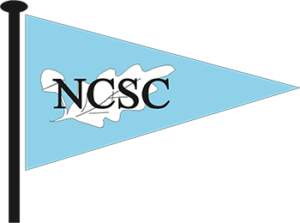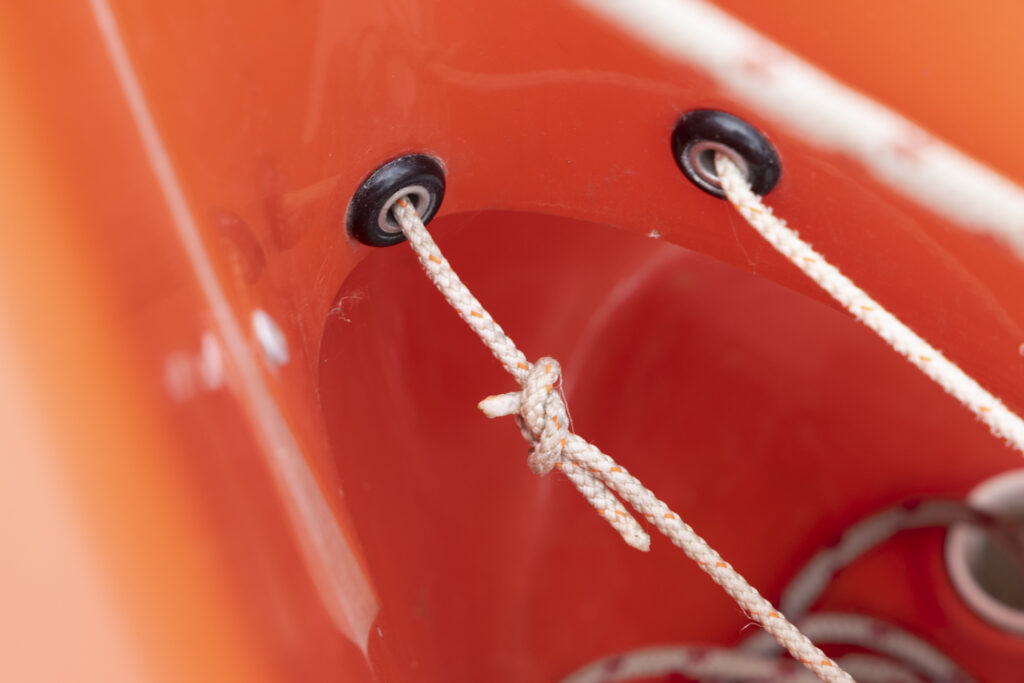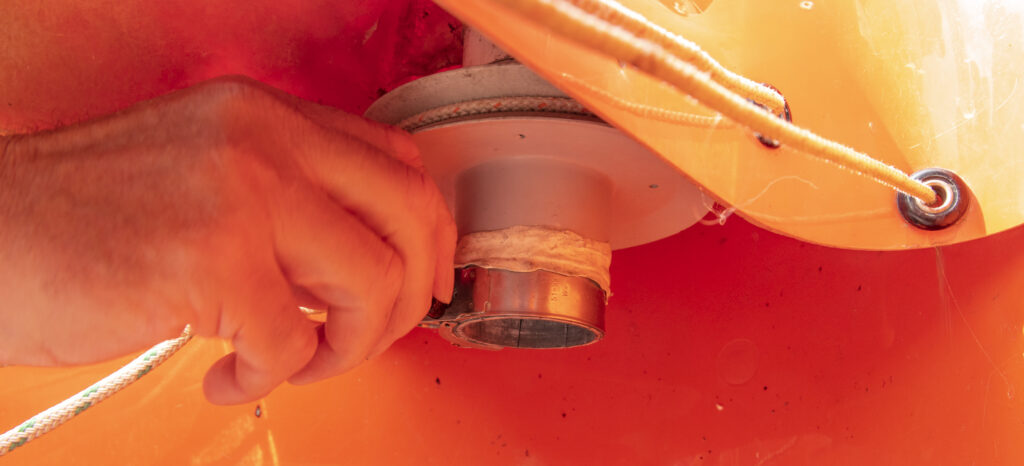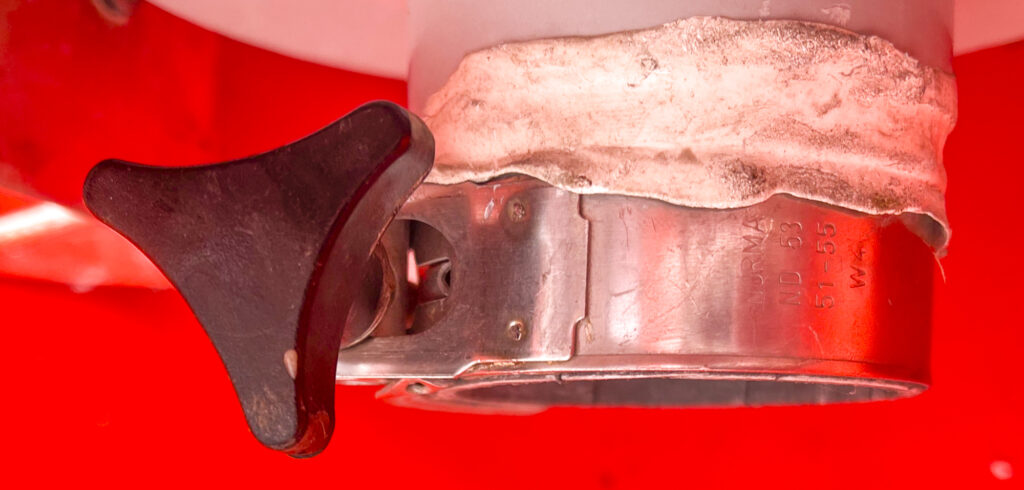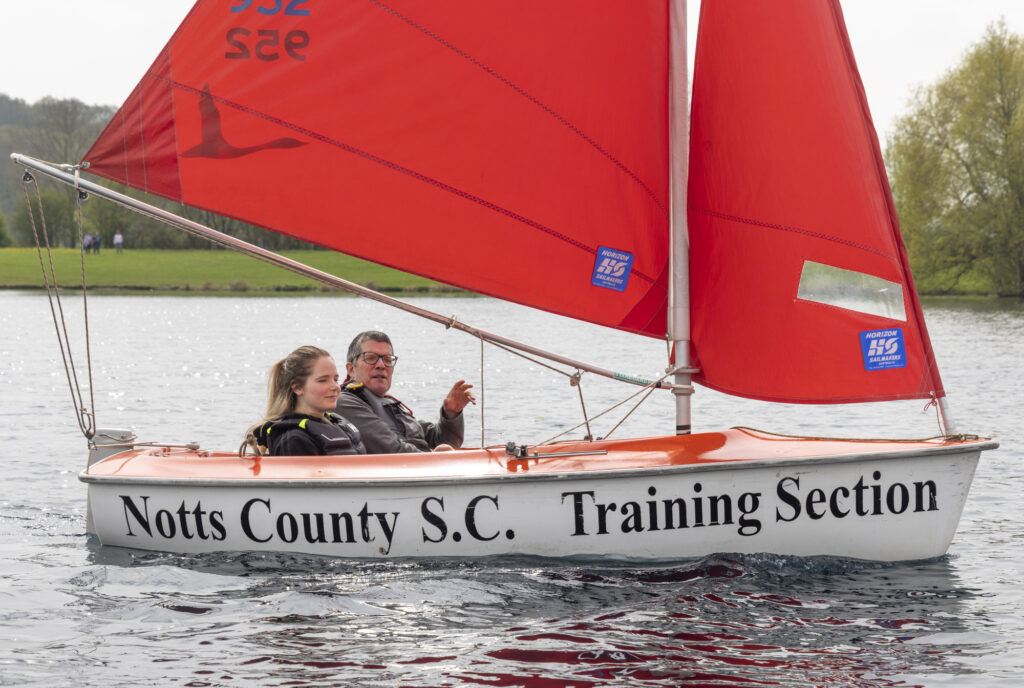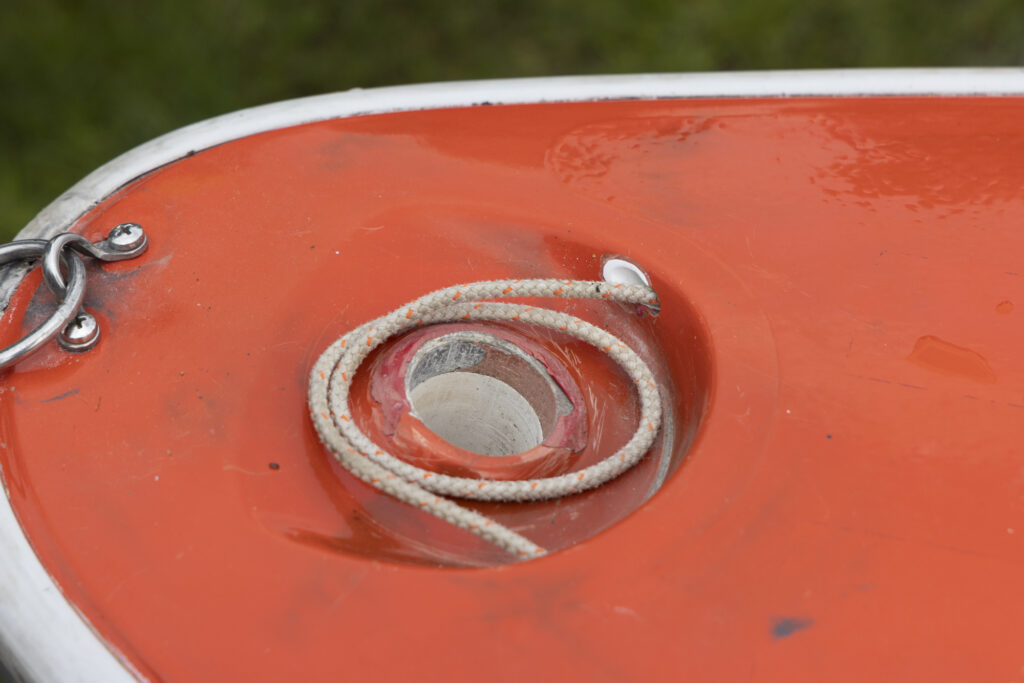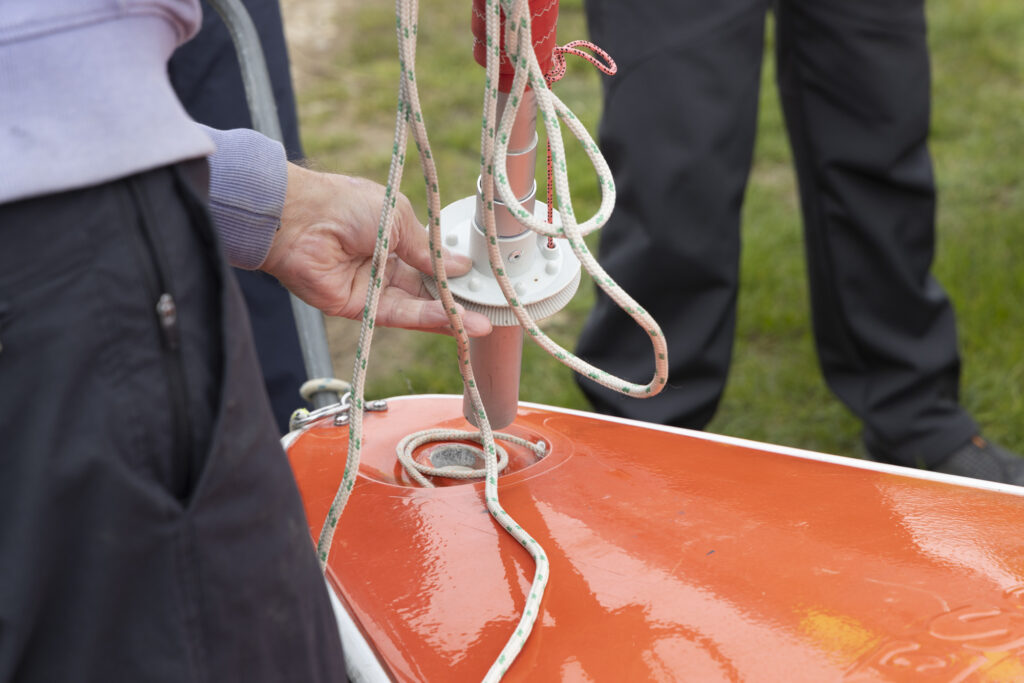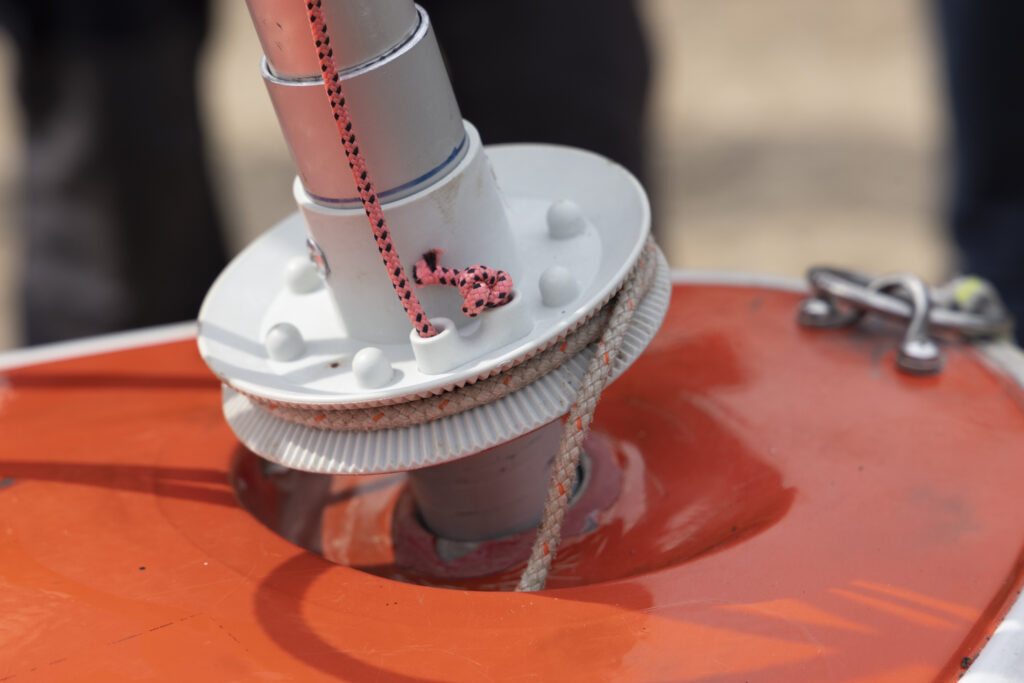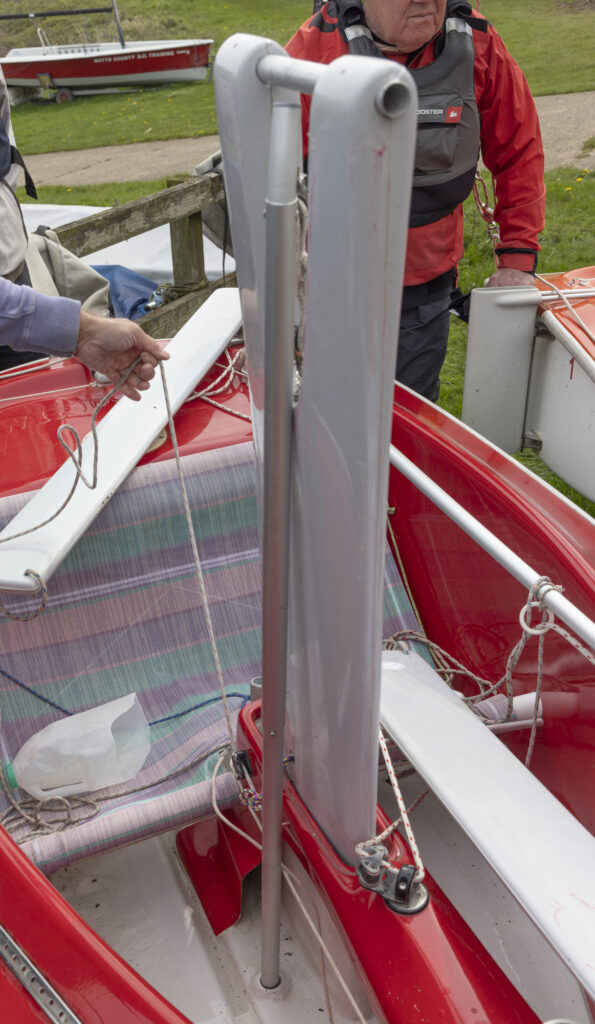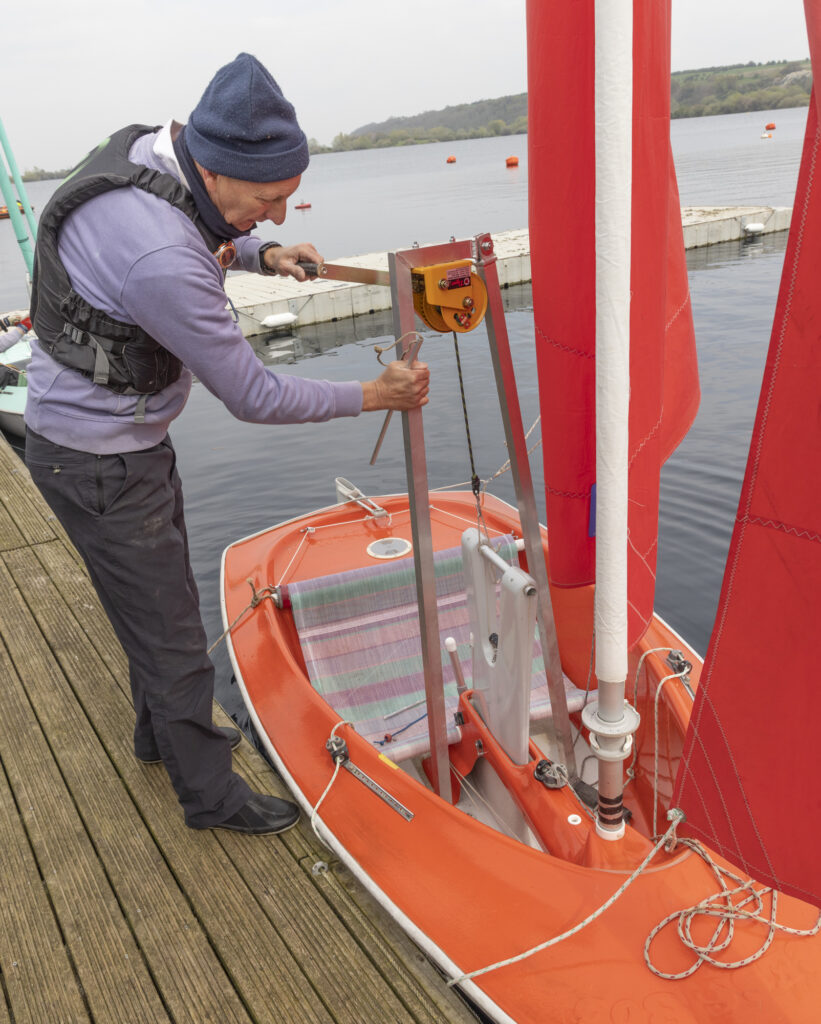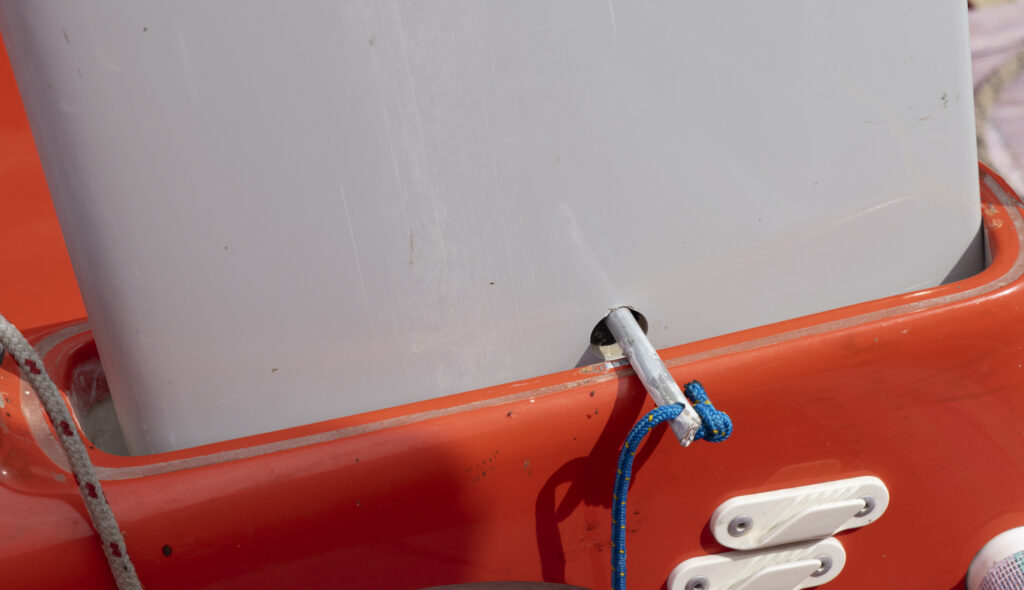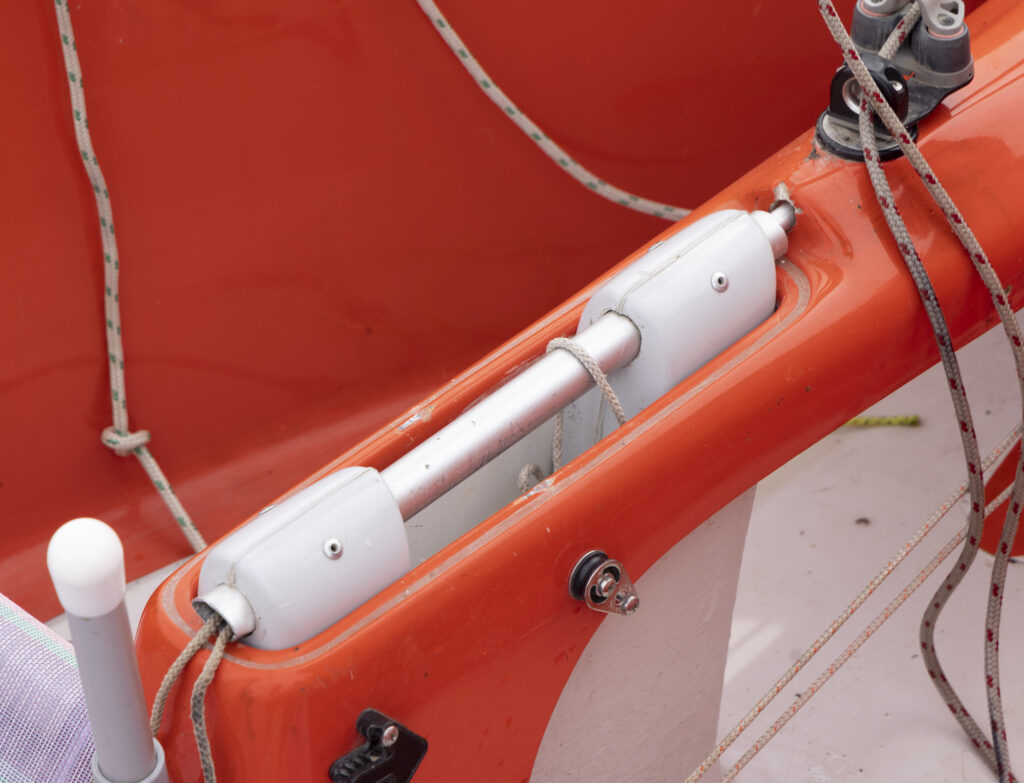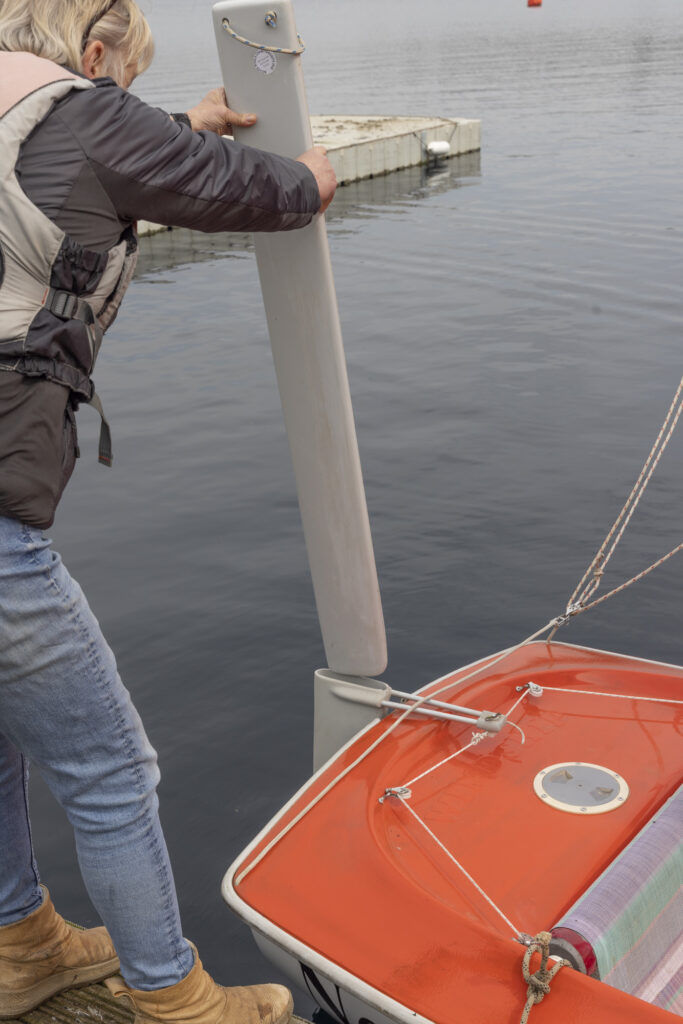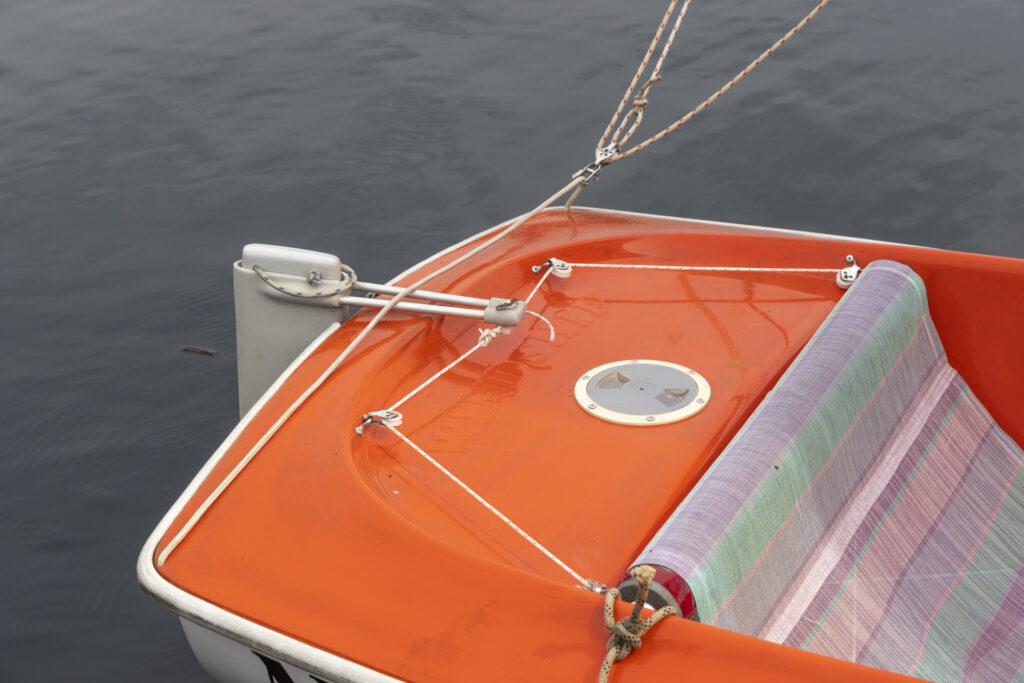HANSA Safety and Rigging
N.C.S.C. Hansa/Access Dinghy Use
NCSC Sailability authorises the use of 2 Hansa/Access Sailability dinghies. These dinghies are ideal for those who are challenged physically or would benefit from experiencing sailing in an extremely safe environment.
- These dinghies are not for general use and under no circumstances may be used without authorisation. In the first instance contact sailability@ncsc.org
- These dinghies require essential safety to be followed prior to use.
- In all circumstances a practical demonstration of rigging will be given before being sailed for the first time.
- Particular attention is drawn to the use of the retaining pin for the centreboard.
Essential Safety Recommendations
Hansa Sailing craft are designed with a hull form and other features which combine to give considerable stability. There is a simple set of rules which should be followed to maintain the boats’ excellent safety record and prevent any accidents. The stability of Hansa Sailing craft relly upon the following:
Centreboards
It is most important that the centreboard be locked in the fully down position when sailing. The hole located one-third down the centreboard is to enable the short pin to be inserted laterally and facilitate movement of the boat with the centreboard inserted.
Under no circumstances should the boat be sailed with the centreboard fixed in the raised position. There is a long pin provided to lock the centreboard fully lowered so that even in a “knock down” it remains in place.
Seating
Because the placement of sailors’ weight affects stability it is important that people
remain seated low in the boat. If a sailor needs support from strapping, use only
quick release Velcro TM straps to secure a sailor in place.
Reefing
Being a displacement type hull, the use of full sail area in strong winds does not mean more speed but does make the boat more difficult to manage. In fresher breezes it is recommended to reef to suit the stronger gusts.
Towing
If a 303 needs to be towed on the water by a safety boat, it is safer and easier to tie the boat close alongside and remove the rudder blade so that it cannot be steered in the wrong direction.
How to Rig a 303 Wide

